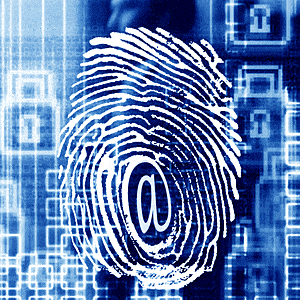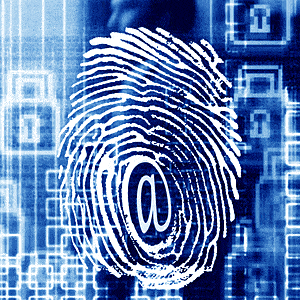Note: This article is featured in TCBN’s December 2013 issue.
 Protecting your organization against IT security risks is becoming increasingly important in today’s business climate. Instances of malware and cyber intrusion are more sophisticated and widespread than ever before.
Protecting your organization against IT security risks is becoming increasingly important in today’s business climate. Instances of malware and cyber intrusion are more sophisticated and widespread than ever before.
You only need to look to the media to find examples. Corporate giants like Visa, JCPenney, and NASDAQ have all fallen prey to cybercrime. The cost of these crimes can be staggering. Five hackers were indicted this summer for stealing more than $300 million and 160 million credit card numbers (Read More).
Too Small to Fall Prey to Cybercrime? Think Again.
Big businesses aren’t the only victims of cybercrime. These attacks are indiscriminate and can affect anyone. Smaller companies can be easy pickings, as they don’t have the resources of larger companies. They typically lack the monitoring, forensics tools, logging capabilities, penetration testing, and other warning systems that would alert them to security breaches.
No matter the size of the company, most have financial data, bank accounts, and employees with social security numbers. Even if you store this information off of your network, an attacker can still find a way to gain access to a HR or accounting PC. Hackers also know that many smaller companies do business with larger organizations, and can use your company as a stepping stone to access more lucrative businesses’ networks and steal from them.
In fact, 31% of all targeted attacks are aimed at businesses with less than 250 employees, according to Symantec’s 2013 Internet Security Threat Report.
The First Steps to Improving IT Security
The good news is it’s not too late. There are steps that you can take to help protect your company, employees, and data. Passwords are a great starting point.
- Use strong passwords – Require employees to use passwords with an industry standard complexity pattern of at least eight characters with a combination of upper and lowercase letters, numbers, and symbols.
- Update passwords – Require periodic password changes and don’t allow users to recycle old passwords.
- Enforce system time outs – If a workstation or laptop is left unattended for more than a few minutes, it should automatically lock and require a password to login.
- Recognize phishing – Typically an email or instant message that directs you to enter details (username, password, credit card numbers, or banking information) on a fake web site that looks almost identical to the legitimate one.
- Keep antivirus software current – Over 101 new vulnerabilities were reported on a weekly basis last year. Protect against malware by ensuring all devices have up-to-date antivirus software.
- Invest in a firewall –This hardware or software solution helps prevent unauthorized access to your network.
Keeping a close guard on passwords is important. Recently, a hacker group boasted obtaining a spreadsheet of user names and passwords from a California telecom company. They input these credentials into Google and found corresponding Gmail accounts. From these email accounts, they identified online banking accounts and applied these same credentials again to steal funds.
The moral of this story is twofold – don’t use the same username and password for all of your online accounts and know who has your passwords and how they are protecting them.
IT Security For Mobile Devices
With the proliferation of mobile devices and remote access applications, companies are facing a whole new level of potential IT security threats. Laptops, tablets, and especially smartphones can provide a door to your company’s network and data. Here are some steps that you can implement for greater mobile protection:
- Secure connection – Require a virtual private network (VPN) for remote access to your network.
- Secure mobile devices – Similar to workstations; enforce device time outs and lockdowns with a strong security code to unlock mobile devices.
- Encryption – Encrypt data on all mobile devices (tablets, laptops, smartphones, etc.)
- BYOD (bring your own device) policy – Control the types of devices staff can use for business purposes and how these devices connect to the network.
IT Security – An Ongoing Responsibility
Just because you’ve taken steps to protect your data does not mean you can rest easy. Cybercrime is big business – attracting highly skilled and technically knowledgeable individuals worldwide. These criminals are on the cutting edge and constantly developing new scams and schemes to take advantage of the unwary.
It’s best to be proactive. Always assume you could be a target, work to understand the active threats, and know what data is vitally important to your organization and where it resides. Involve your staff in the process and take precautions, such as:
- Educate employees about the latest threats
- Backup your data
- Create and test disaster recovery plans
Remember nothing is 100% secure. IT security acts as deterrent. Measures like these will hopefully keep cyber criminals at bay long enough for them to consider moving onto an easier target. You can also work with an IT services provider that can analyze your IT infrastructure to determine potential weaknesses, and build additional layers of security to protect your business.
To learn more about IT Security, visit Safety Net and get a network evaluation today!



